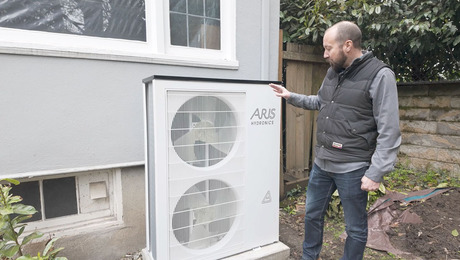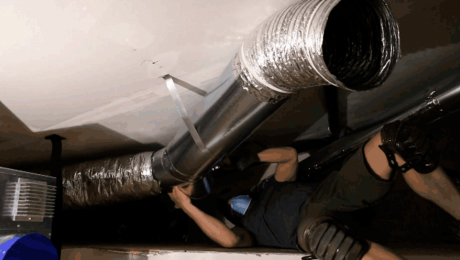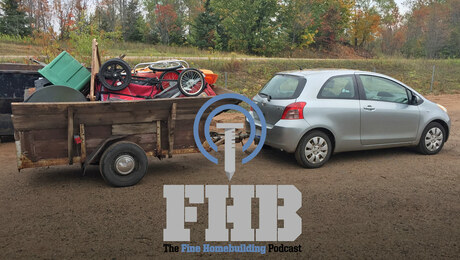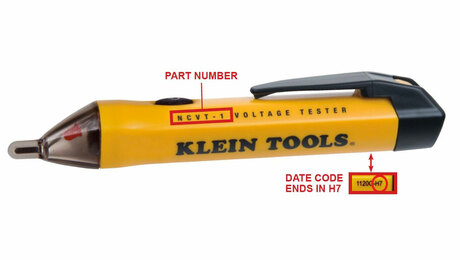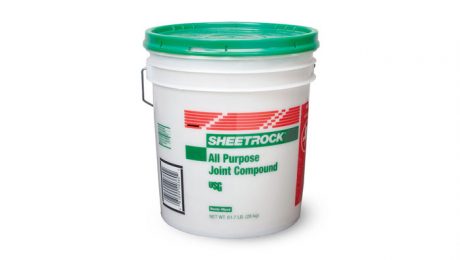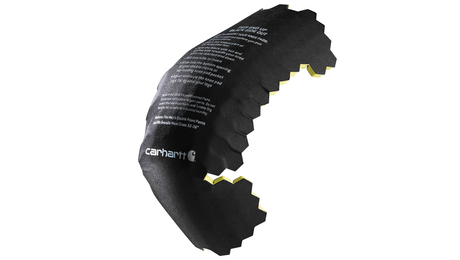OSHA Silica-Dust Rule Enforcement Kicks In
New OSHA rule limits exposure to silica dust. Enforcement started Oct. 23.
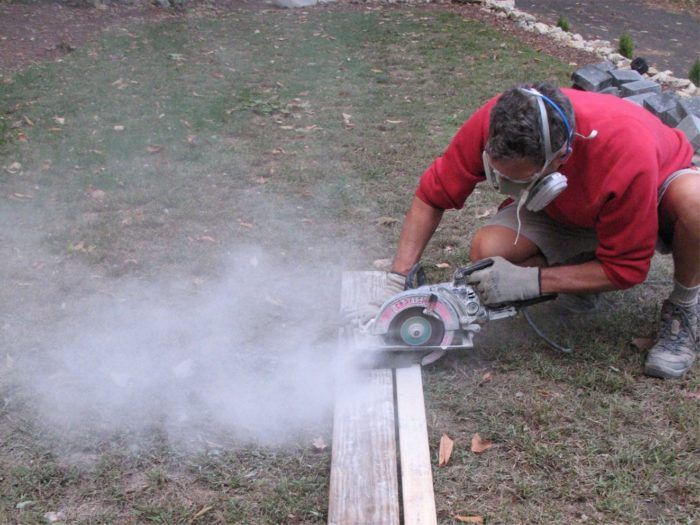
On Oct. 23, 2017, OSHA pulled the trigger on the new Silica Rule enforcement limiting worker exposure to 50 micrograms of silica dust per cubic meter of air over an eight-hour time-weighted average. Though it’s never been safe practice to dry-cut stone, concrete, pavers, fiber-cement siding, tile and backerboard, and other masonry products, now the standard is tighter and enforcement is likely to increase. If you have workers on a job site, you’ll need to monitor their exposure to silica dust and take measures to reduce dust, like wet-cutting and dust collection adapters on tools.
It’s hard to wrap your head around what ’50 micrograms per cubic meter of air over an 8 hour time-weighted average’ translates into on the job. An OSHA trainer I work with described the concentration of dust as “a couple tablespoons of silica dust in a volume the size of a football field by 6 ft. high. In other words, so little dust concentration that you can’t see it.
Another description on IQ Power Tools website notes that breathing in the silica portion of the dust from one crosscut in a standard 4 in. concrete paver is equal to breathing silica dust at the 50 microgram limit 8 hours a day for 29 years.
There are lots of resources available to help contractors sort through how to comply with the new standard. OSHA publishes a 90+ page guide appropriate for contractors.
NAHB has an article ‘Silica in Construction Toolkit’ that has a good overview of silica dust concerns and employer requirements.
IQ Power Tools has three articles on their website that describe the issue in plain English.
After reading through dozens of OSHA publications, news articles, and ‘how-to-comply’ guides it seems that the simplest path to compliance is to follow the “Engineering and Work Practice Control Methods” outlined in Table 1 of OSHA’s silica rules. The ‘Control Methods’ outlined include using tools with a water delivery system so there is not dust generated or using tools with a dust collection system; and in some circumstances also wearing a NIOSH APF 10 or 15 rated dust mask / respirator.
One big advantage of following the work practices in Table 1 is you don’t have to employ air quality and health monitoring.
A lot of tool companies also have information on how their equipment and adapters help you comply with the silica rules.


